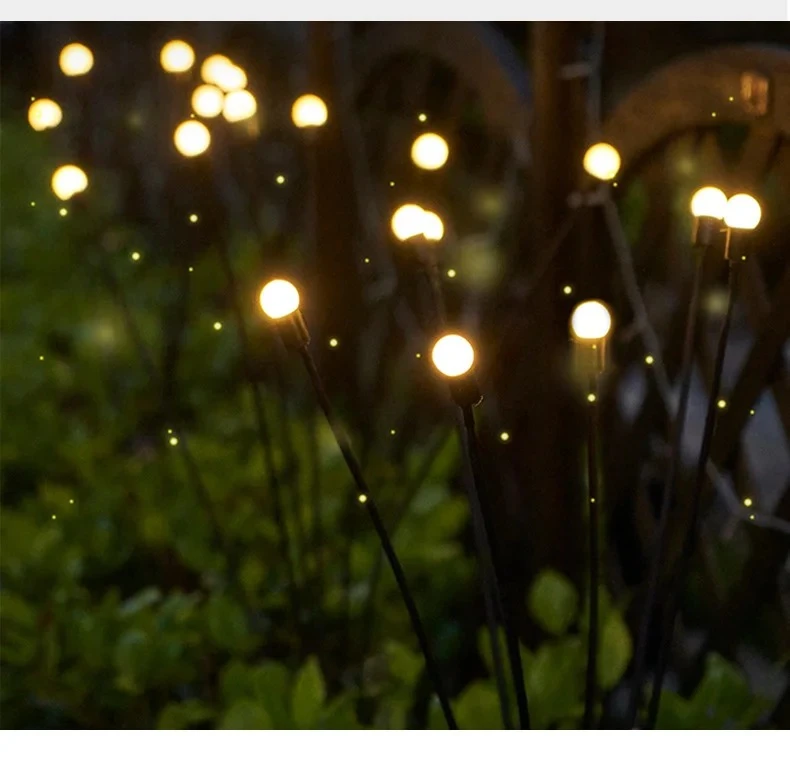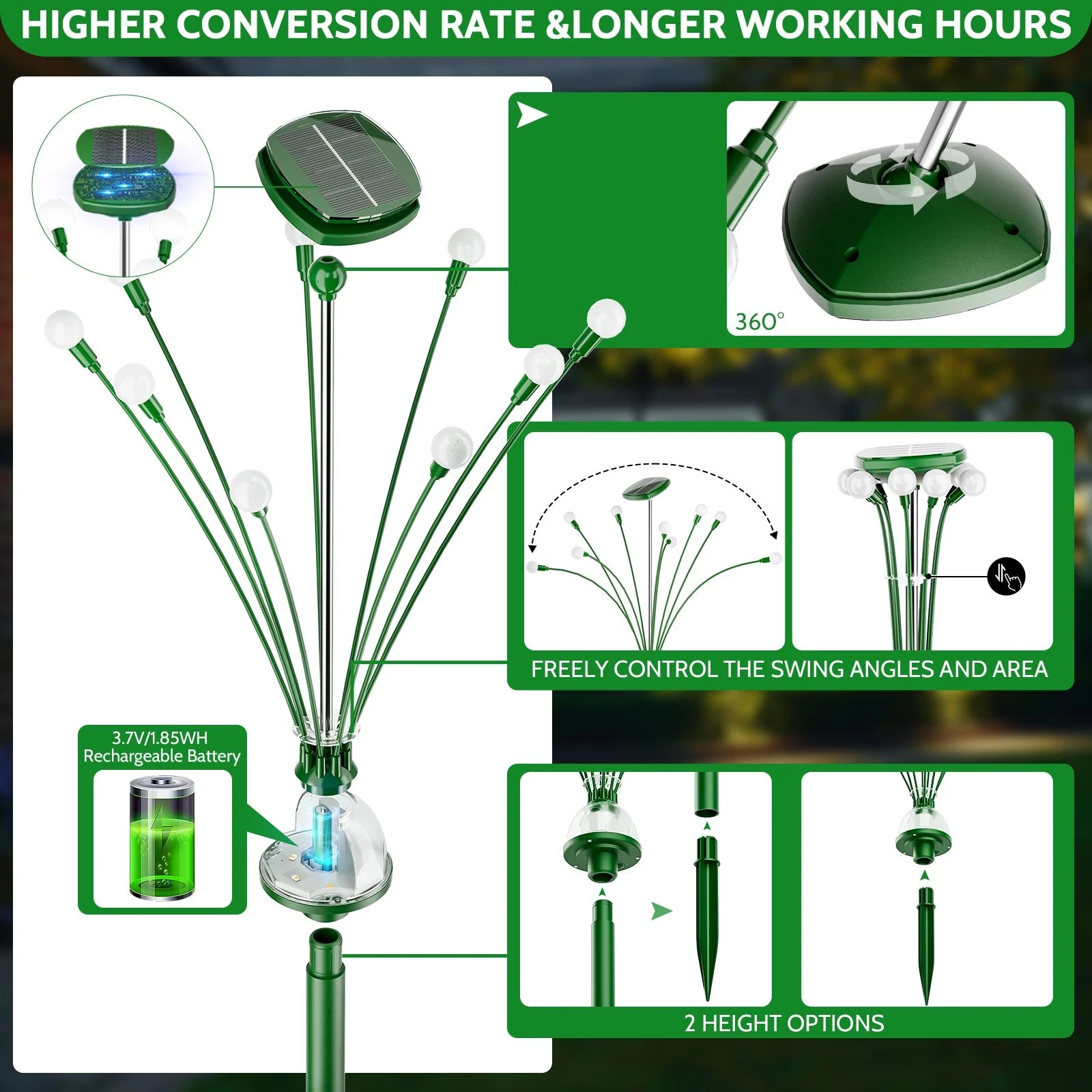The Imperative for Sustainable Urban Lighting
As cities expand, the demand for efficient and eco-friendly infrastructure intensifies. Urban lighting, a critical component of public spaces, accounts for a significant portion of municipal energy consumption. Traditional lighting systems, often reliant on fossil fuels, contribute to carbon emissions and light pollution, disrupting ecosystems and human health. Sustainable lighting solutions, such as solar-powered technologies, are essential to align urban development with global environmental goals. Solar firefly lights, designed to mimic natural bioluminescence, offer an innovative approach to illuminating parks and green spaces while prioritizing energy efficiency and ecological harmony.

Policy Framework: Advancing Green City Objectives
Cities worldwide are adopting green policies to meet climate targets, such as those outlined in the Paris Agreement. Municipalities aim to reduce energy consumption and enhance biodiversity through sustainable urban planning. However, challenges persist, including budget constraints, aging infrastructure, and the need to balance aesthetics with functionality. Policies promoting renewable energy integration, like solar lighting in public spaces, are gaining traction. For instance, cities like Copenhagen and Singapore have implemented frameworks incentivizing low-carbon technologies in parks and pathways. Solar firefly lights align with these goals, offering a scalable solution that supports policy objectives while addressing practical urban challenges.
Applications in Parks and Public Spaces
Solar firefly lights are uniquely suited for urban green spaces due to their low-energy design and aesthetic appeal. These lights, powered by photovoltaic panels, store solar energy during the day and emit a soft, twinkling glow at night, resembling fireflies. In parks, they illuminate pathways and seating areas without overpowering the natural ambiance, enhancing safety and accessibility. Public spaces like community gardens and plazas benefit from their modular installation, which requires minimal infrastructure upgrades. Cities like Austin and Melbourne have piloted such systems, reporting improved user satisfaction and reduced maintenance costs. By integrating with smart city technologies, these lights can also adjust brightness based on foot traffic, optimizing energy use.

Environmental Benefits: Mitigating Light Pollution and Emissions
The ecological advantages of solar firefly lights are significant. Unlike conventional streetlights, which emit harsh, unidirectional light, these lights produce a diffused glow that minimizes light pollution, preserving nocturnal ecosystems. Studies indicate that excessive artificial light disrupts migratory birds, insects, and other wildlife, particularly in urban parks. Solar firefly lights, with their low-intensity output, reduce these impacts, fostering biodiversity. Additionally, their reliance on renewable energy eliminates the carbon footprint associated with grid-powered lighting. A single solar firefly light can offset approximately 0.5 tons of CO2 over its lifespan, contributing to municipal carbon neutrality goals. These benefits make them a cornerstone of sustainable urban design.
Recommendations and Future Outlook
To maximize the impact of solar firefly lights, municipalities should adopt targeted strategies. First, policymakers should integrate these systems into urban planning frameworks, offering incentives like tax breaks or grants for their installation in public spaces. Second, public-private partnerships can accelerate deployment by leveraging industry expertise and funding. Community engagement is also critical—educational campaigns can highlight the ecological and aesthetic benefits, fostering public support. Looking ahead, advancements in solar technology, such as higher-efficiency panels and battery storage, will enhance the scalability of these lights. By 2030, widespread adoption could transform urban green spaces into models of sustainability, aligning with global ambitions for climate-resilient cities.
In conclusion, solar firefly lights represent a forward-thinking solution to the challenges of urban lighting. Their ability to combine functionality, aesthetics, and environmental stewardship makes them ideal for parks and public spaces. As cities strive to meet green policy goals, these lights offer a practical and scalable tool to reduce emissions, protect ecosystems, and enhance urban livability. With strategic policy support and technological innovation, solar firefly lights can illuminate the path toward a sustainable urban future.

Comments